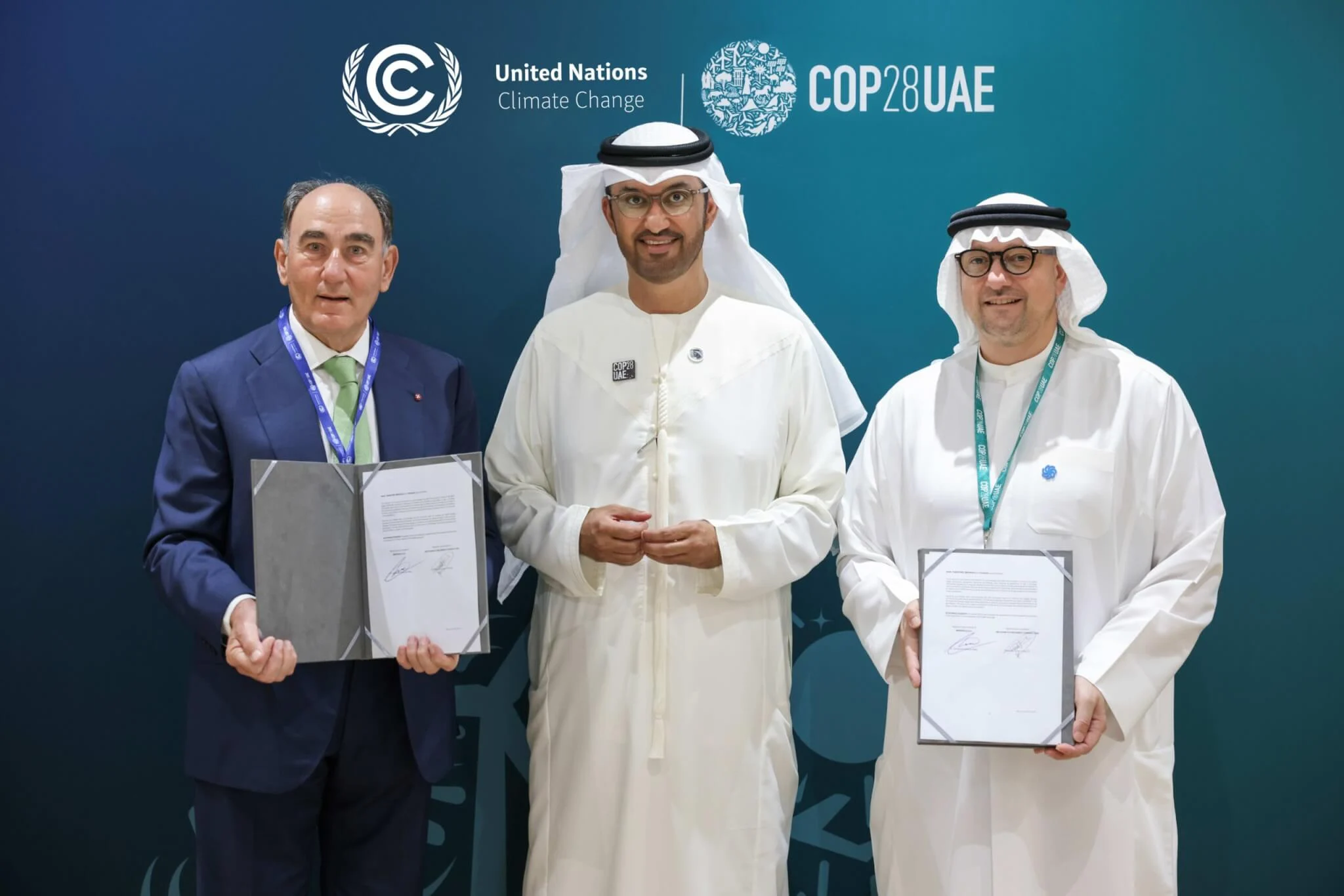Bloomberg and Goldman Sachs Drive $500M Clean Energy Transition Boost in Asia

|
Listen to this story:
|
- Asian Development Bank-managed Climate Innovation and Development Fund successfully completed seven blended-finance investments with initial $25 million of concessional capital
- New innovative solutions shown to unlock hundreds of millions in investment in clean energy and sustainable development across emerging markets
Bloomberg Philanthropies and Goldman Sachs announced that the Climate Innovation and Development Fund (CIDF) has completed allocating its $25 million in philanthropic concessional capital to help advance sustainable low-carbon economic development in South and Southeast Asia. Launched in 2021 and managed by the Asian Development Bank, the CIDF unlocked approximately $500 million in private-sector and government investments in climate solutions to help accelerate the transition to net zero emissions.
To mark the completion of the final capital allocation Bloomberg Philanthropies, Goldman Sachs, and the Asian Development Bank have issued a report detailing the key learnings from the CIDF as a valuable case study in the power of blended finance. The report notes that the CIDF demonstrates how combined resources from private, public and philanthropic funding can be a powerful mechanism to help drive sustainable development in emerging markets – a sector of the global economy in need of significant capital to drive the energy transition. By analyzing the impacts of each investment, the report identified six key takeaways:
- Strategic Partnerships: Strategic partnerships bring added value via pooled experience and expertise. Collaboration between public and private sectors created opportunities for knowledge exchange and capacity building that was elevated by the expertise from each organization.
- Additional Capital: Blending public and private funds unlocks additional capital that is not otherwise available – more than 20x the initial investment – thereby increasing the pool of resources for these development projects.
- Proof-of-Concept: Blended finance aids in proving the commercial viability and concept for innovative technologies. Without the financing from the CIDF, key components of these projects would not have been operational.
- Project Selection and Visibility: By harnessing ADB’s due diligence and credit process, rigorous project selection helps address the challenges of prioritizing which opportunities to pursue.
- Innovative Financing: Innovative finance mechanisms improve commercial viability. Each of the 7 investments harnessed the power of innovative financing, either through performance-based incentives, capital expenditure grants, contingent guarantees or reserves. CIDF’s funds have helped either reduce risk or improve returns for investors and lenders and resulted in additional private capital.
- Regional Focus: Tailoring funds to specific regions to maximize impact. The CIDF narrowed its focus from the whole of South and Southeast Asia specifically to India and Vietnam given that these countries have an enabling environment where green projects can be commercially viable and scale.
Michael R. Bloomberg, UN Secretary-General’s Special Envoy on Climate Ambition and Solutions and Founder of Bloomberg LP and Bloomberg Philanthropies, said, “The clean energy transition will not succeed without faster mobilization of private capital. Through this partnership with Goldman Sachs and the Asian Development bank, we’re demonstrating how targeted private financing – which is needed across the Global South – can cut emissions, improve public health, and spur economic growth.”
David Solomon, Chairman and CEO of Goldman Sachs, said, “With $25 million in seed capital, Goldman Sachs and our partners, Bloomberg Philanthropies and the Asian Development Bank, were able to mobilize approximately $500 million to help accelerate the clean-energy transition in emerging markets. This is clear evidence that blended-finance facilities can have a major impact and that the public and private sector must continue working together to support sustainable solutions at scale.”
Masatsugu Asakawa, President of the Asian Development Bank, said, “Asia and the Pacific faces a massive shortfall in climate investment and an urgent need to mobilize private capital at scale to respond to the growing impacts of climate change. Partnerships like the Climate Innovation and Development Fund are key to catalyzing climate action. In a short period, Bloomberg Philanthropies, Goldman Sachs, and the Asian Development Bank have successfully leveraged various financing mechanisms to take climate mitigation and adaptation action in several countries. As Asia and the Pacific’s climate bank, ADB is proud to support CIDF as it expands its contribution to global climate action.”
The CIDF was selected as one of the winners of Fast Company’s 2023 World Changing Ideas Awards for offering concessional finance to de-risk green projects for private investors. The Asian Development Bank, Bloomberg Philanthropies, and Goldman Sachs released a report detailing the fund’s projects and the challenges and opportunities faced, which can be accessed here.
- The CIDF invested in seven projects over the last year, supporting:
- An improved cook-stove program in rural India;
- A portfolio of solar PV rooftops in Vietnam;
- The rollout of the first electric bus fleet in Vietnam;
- Renewable energy electrification of intercity bus routes in India;
- Improvement in environmental safeguards for an 88-megawatt wind farm in Vietnam;
- Operation of grid-scale energy storage capabilities in Delhi;
- Seaweed carbon abatement solutions and climate resilient aquaculture production in Vietnam.
Related Article: Goldman Sachs Invests in Renewable Natural Gas Platform Synthica
Capital flows to climate projects fall short of global estimates of the investment needed to achieve net zero emissions. This is especially true in emerging markets and developing economies, where investment in clean energy technology and solutions is limited. The CIDF aimed to help begin to close this gap in South and Southeast Asia, where more climate finance investment is critical to achieve country climate targets.












